Scientists recently reported four new hemp-based cannabinoids, one of which possesses excellent chemopreventive and anticancer properties when observed in the laboratory. Although these cannabinoids are derivatives or analogs of CBD, research shows they may outperform CBD as an antioxidant agent. These new cannabinoids, especially hexacannabitriol, possess a functional group known as 2-hydroxy-delta1,7 hexomethylene that facilitates its interaction with regulators of oxidative stress.
Plant-based cannabinoids (phytocannabinoids) exhibit a large diversity in their structure. This diversity comes in the form of functional groups like acids (COOH), hydroxyl (OH), oxygen, carbon, and hydrogen. The functional group attached to a cannabinoid plays a critical role in determining which receptor can be affected by the cannabinoid. This is why cannabinoids produce different effects.
Since the official isolation of CBD from hemp in 1940, scientists have worked tirelessly to study cannabis-based compounds and how they can be useful to humans. This tireless effort has led to the discovery of acidic cannabinoids, analogs of major cannabinoids with shortened or elongated carbon chains, and some with oxidatively arranged components. About 150 cannabinoids have been reported, with most of them possessing a unique therapeutic potential or the other.
A recent paper in the Journal of National products has reported the existence of 4 new cannabinoids, namely;
- Anhydrocannabimovene
- 1,2-dihydroxycanabidiol
- 3,4-dehydro-1,2-dihydroxycannabidiol
- Hexacannabitriol
No need to panic about the names; these are just CBD compounds with an additional hydrogen atom in their structures. They are formed after exposing CBD hemp to air for a very long time or via the enzymatic conversion of CBD. The research is, however, mute on how long you may need to expose CBD hemp to air to obtain these cannabinoids.
While the four new cannabinoids share some similarities with CBD, we will focus on hexacannabitriol due to its potential chemopreventive and anticancer properties. For convenience, we will name it HCBT.
What Do We Know About Hexocannabitriol?
How is it formed?
Hexacannabitriol (HCBT) is a hydroxylated derivative of CBD. It shares some structural similarities with CBD and Cannabitriol (CBT). While cannabitriol is formed from exposing THC hemp to air over a long time, hexacannabitriol is formed from the enzymatic conversion of CBD via the addition of hydrogen or oxidation. The enzymes involved in this conversion are yet to be reported.
How does it interact with receptors?
Hexacannabitriol (HCBT) is a non-intoxicating cannabinoid that shows good promise in cancer treatment. Although it was only first reported in 2022, researchers believe it may possess better chemopreventive and anticancer properties than CBD, its parent compound. HCBT does not interact with the CB receptors but was observed to play a critical role in serving as an antioxidant agent.
The structural difference between CBD and HCBT plays a critical role in how CBD can interact with CB receptors while HCBT cannot. Receptors contain pockets that specifically interact with special molecules or structures in a cannabinoid compound. The nature of the binding pocket and the molecules present in the cannabinoids determines whether they will bind.
For instance, research shows that a minimum of 3 carbon atoms are required to initiate an interaction with CB1 receptors, and this activity increases with the number of carbon atoms. This is why most long-chain cannabinoids offer a more potent interaction with the receptors.
HCBT possesses a strong antioxidant property thanks to the hydrogenated portion of its compound. Research shows that the higher the number of OH and COOH groups in a cannabinoid, the more likely its antioxidant activity. This is why acidic cannabinoids possess a more potent antioxidant property than their neutral forms.
Note that free radicals play a critical role in cancer development. They disrupt internal balance and create an enabling environment for cancer cells to thrive. The continuous accumulation of free radicals can lead to oxidative stress that damages cells. This activity is, however, controlled by two master regulators known as Nrf2 (nuclear erythroid2-related factor) and BACH1 (BTB domain and CNC homologue 1).
Nrf2 is a major regulator of homeostasis (internal balance) in cells. It is activated during oxidative stress and inflammation and plays a critical role in how we respond to different forms of stress. In normal conditions, the protein-based Nrf2 degradation is low. As cells get exposed to oxidative stress, they impair the degradation of Nrf2 and cause it to stabilize. Boosting Nrf2 levels with chemopreventive agents helps to protect the cells against oxidative stress and damage. This is important in triggering cytoprotection (cellular protection) against several chronic conditions linked to inflammation and pro-oxidant components.
The current research has discovered the possible role of hexacannabitriol in activating Nrf2 components. The Nrf2 components are activated by the 2-hydroxy-delta1,7 hexomethylene present in hexacannabitriol.
Chemopreventive agents can enhance the expression of Nrf2 target genes and induce cytoprotective enzymes. This can play an important role in reducing environmental stressors contributing to the burden of inflammation, cancer, and other degenerative diseases.
Is Hexacannabitriol safe?
Hexacannabitriol was extracted from hemp and formed from CBD's air oxidation, thus making it legal under the 2018 farm bill. As a hemp-derived cannabinoid that shares some similarities with CBD, it is non-intoxicating and only present in trace concentrations in the plant. For now, there are no products containing HCBT, and it may not be reported in a certificate of analysis. Most information regarding its anticancer and chemopreventive effects was strictly from a laboratory report.
Since it is present in trace quantities in hemp, people who want to try HCBT will have to settle for the synthetic compound. This is, however, risky as some synthetic cannabinoids may not be safe for human use.
Need a little more Bluntness in your life? Subscribe for our newsletter to stay in the loop.
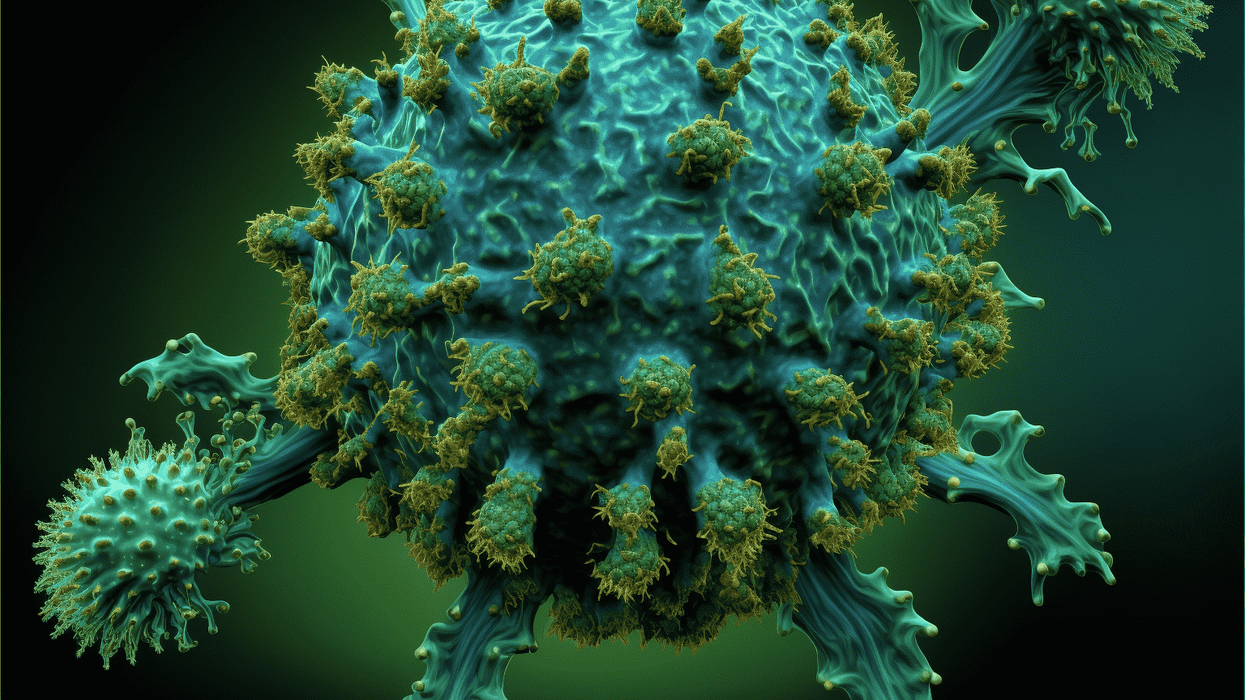

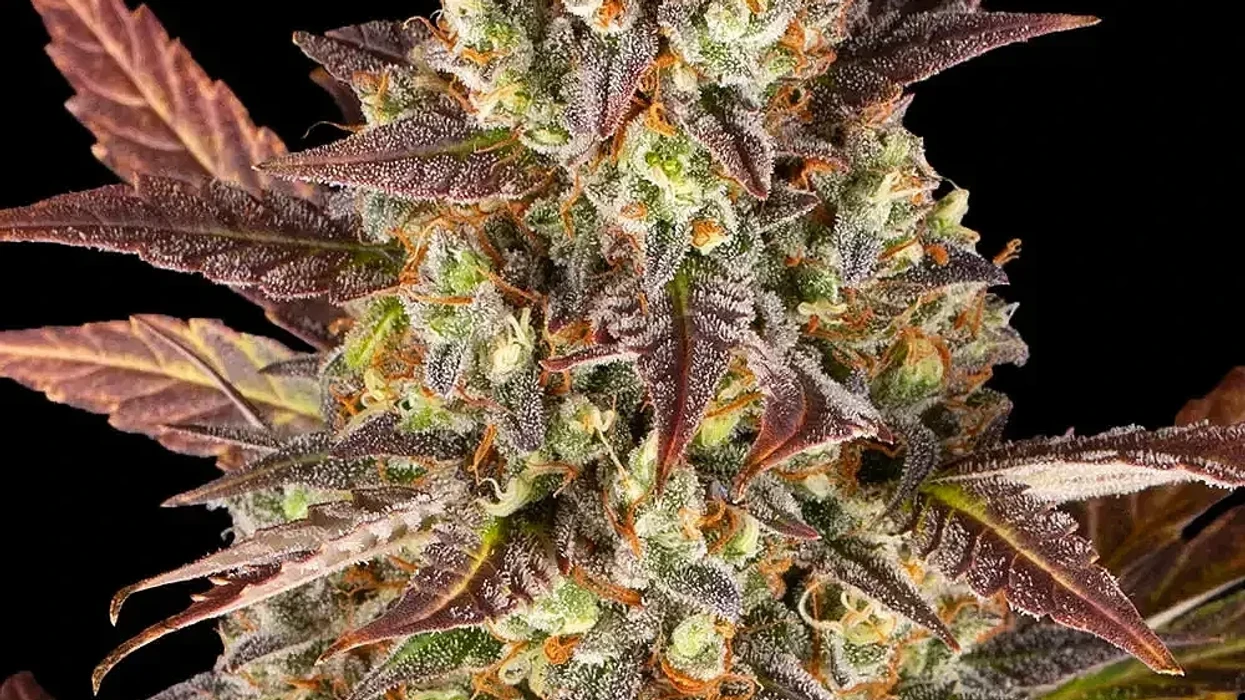
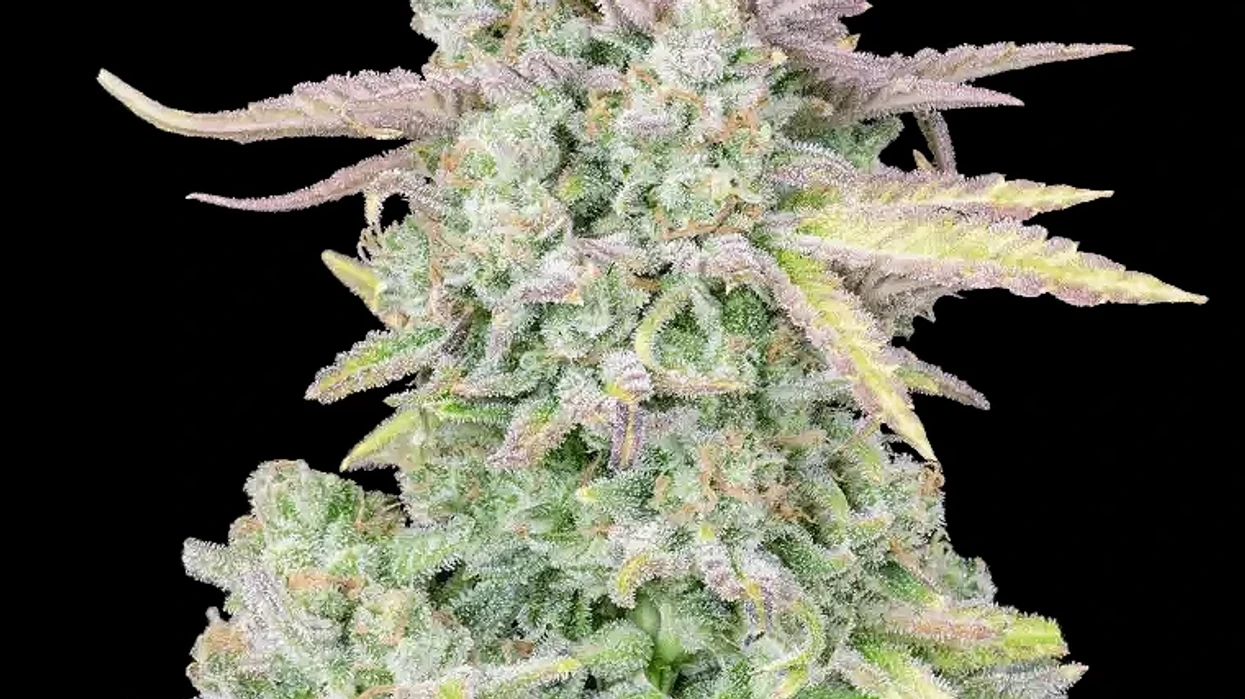






 Best Weed Smoking Games to Try - Jammin'
Best Weed Smoking Games to Try - Jammin' The 31 Best Weed Smoking Games To Try
The 31 Best Weed Smoking Games To Try The Best Weed Smoking Games
The Best Weed Smoking Games The Best Weed Smoking Games to Try
The Best Weed Smoking Games to Try

 Stoner Games - Games to Play While High
Stoner Games - Games to Play While High The Best Weed Smoking Games to Play
The Best Weed Smoking Games to Play The Best Weed Smoking Games to Try
The Best Weed Smoking Games to Try
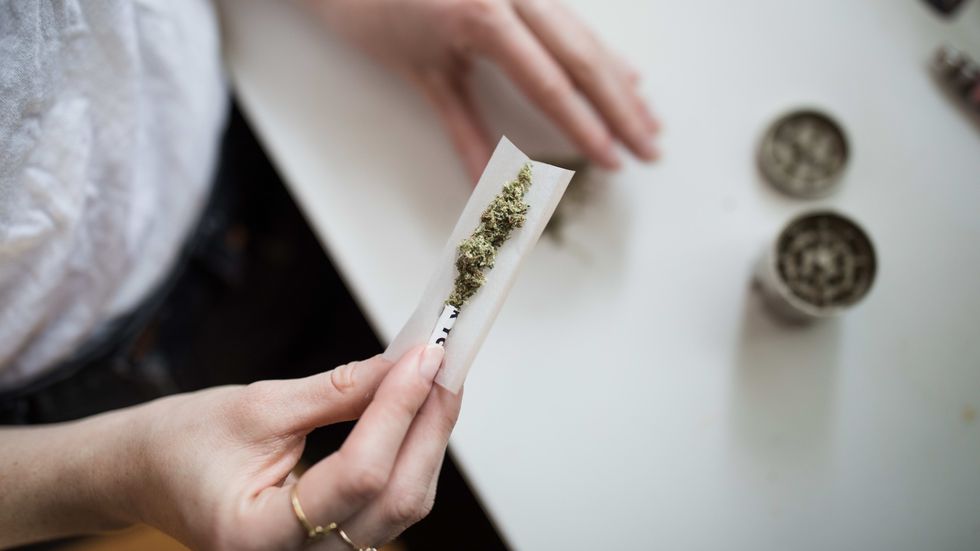 The Best Weed Smoking Games to Try
The Best Weed Smoking Games to Try
 The Best Weed Smoking Games to Play
The Best Weed Smoking Games to Play The Best Weed Games to Play
The Best Weed Games to Play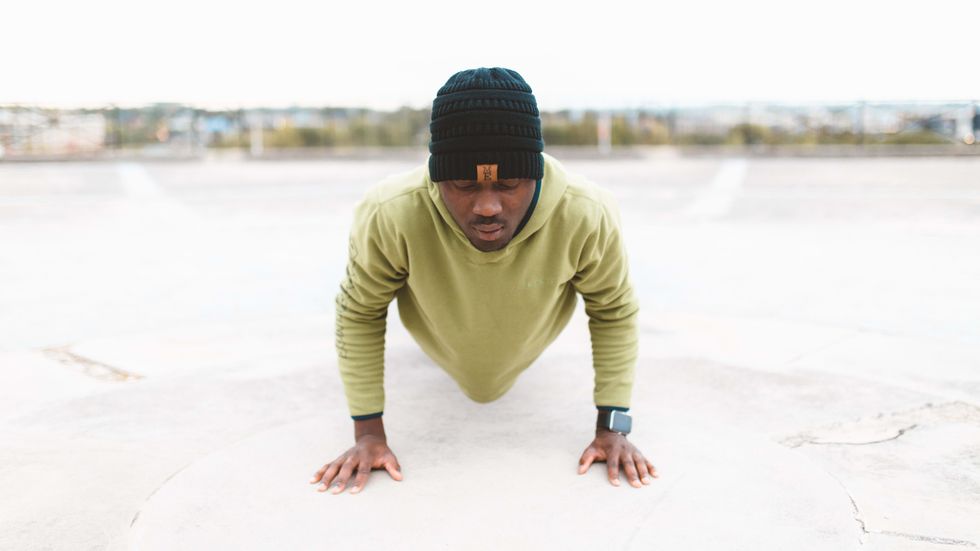 The Best Weed Smoking Games to Try
The Best Weed Smoking Games to Try The Best Weed Smoking Games to Play
The Best Weed Smoking Games to Play The Best Weed Smoking Games to Try
The Best Weed Smoking Games to Try Games for Stoners
Games for Stoners  woman in white and blue floral shirt sitting beside woman in white and black floral shirtPhoto by
woman in white and blue floral shirt sitting beside woman in white and black floral shirtPhoto by 
 The Best Weed Smoking Games to Play
The Best Weed Smoking Games to Play
 The Best Weed Smoking Games to Try
The Best Weed Smoking Games to Try The Best Weed Smoking Games to Try
The Best Weed Smoking Games to Try world map with pinsPhoto by
world map with pinsPhoto by 
 The Best Weed Smoking Games to Try
The Best Weed Smoking Games to Try







 The Truth About THC Candle: Cannabis Candles & How to Make Your Own - The Bluntness
Photo by
The Truth About THC Candle: Cannabis Candles & How to Make Your Own - The Bluntness
Photo by 
 Humankind has been using THC for millennia.
Humankind has been using THC for millennia. Those little, sugar-like crystals are the sticky trichomes that house special chemicals including cannabinoids and terpenes.
Those little, sugar-like crystals are the sticky trichomes that house special chemicals including cannabinoids and terpenes. Raw cannabis typically contains very little THC. Instead you get non-psychoactive THCA, which is converted into THC.
Raw cannabis typically contains very little THC. Instead you get non-psychoactive THCA, which is converted into THC. Cultivators are now breeding cannabis not just for THC, but other cannabinoids such as CBD, THCV, and more.
Cultivators are now breeding cannabis not just for THC, but other cannabinoids such as CBD, THCV, and more. Getting the most out of cannabis usually requires a bit of guidance and patience.
Getting the most out of cannabis usually requires a bit of guidance and patience. A lot of people think CBD is medical, and THC is for fun. This is an unfortunate misconception.
A lot of people think CBD is medical, and THC is for fun. This is an unfortunate misconception. THC has a surprising amount of medical benefits.
THC has a surprising amount of medical benefits. For some the cannabis high is an unwanted side effect, for others it's the main show.
For some the cannabis high is an unwanted side effect, for others it's the main show.
 Ayrloom Orchard Sunrise Cannabis Infused Gummies
Ayrloom Orchard Sunrise Cannabis Infused Gummies Ayrloom Island Time THC Gummies - Pineapple Mango Flavor
Ayrloom Island Time THC Gummies - Pineapple Mango Flavor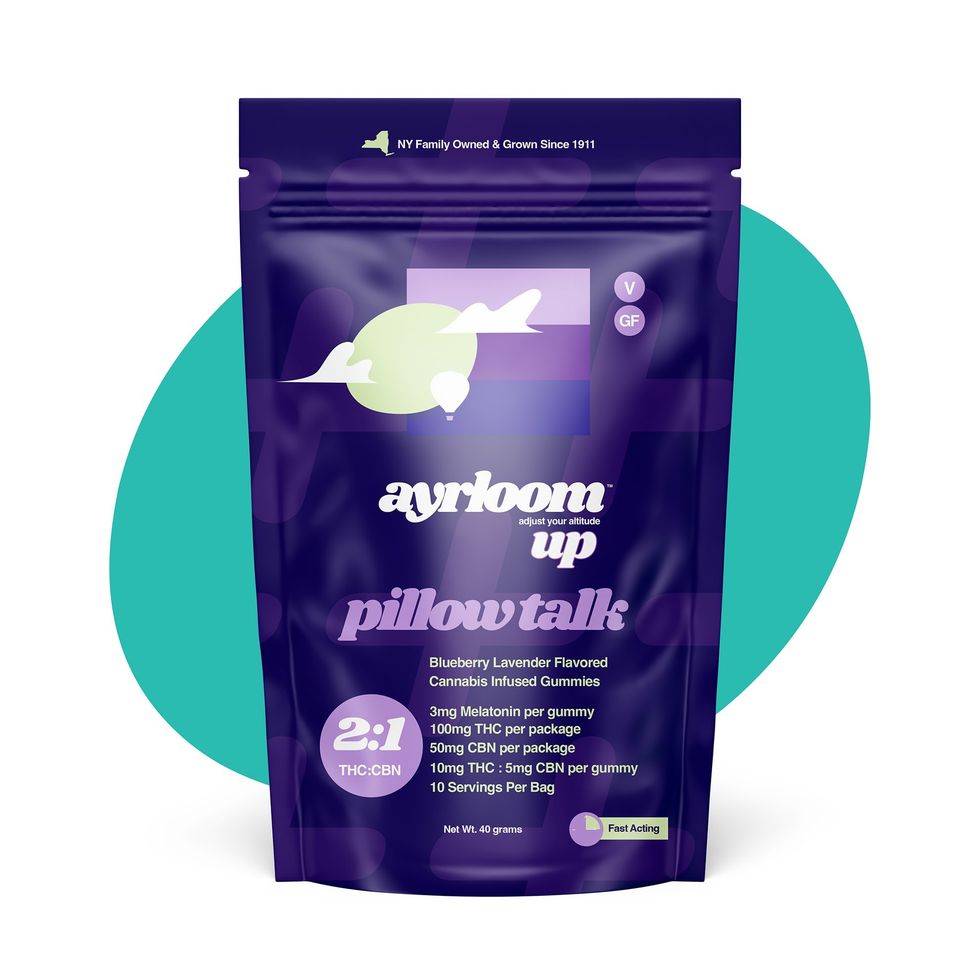 Ayrloom Pillow Talk - Sleep Gummies
Ayrloom Pillow Talk - Sleep Gummies